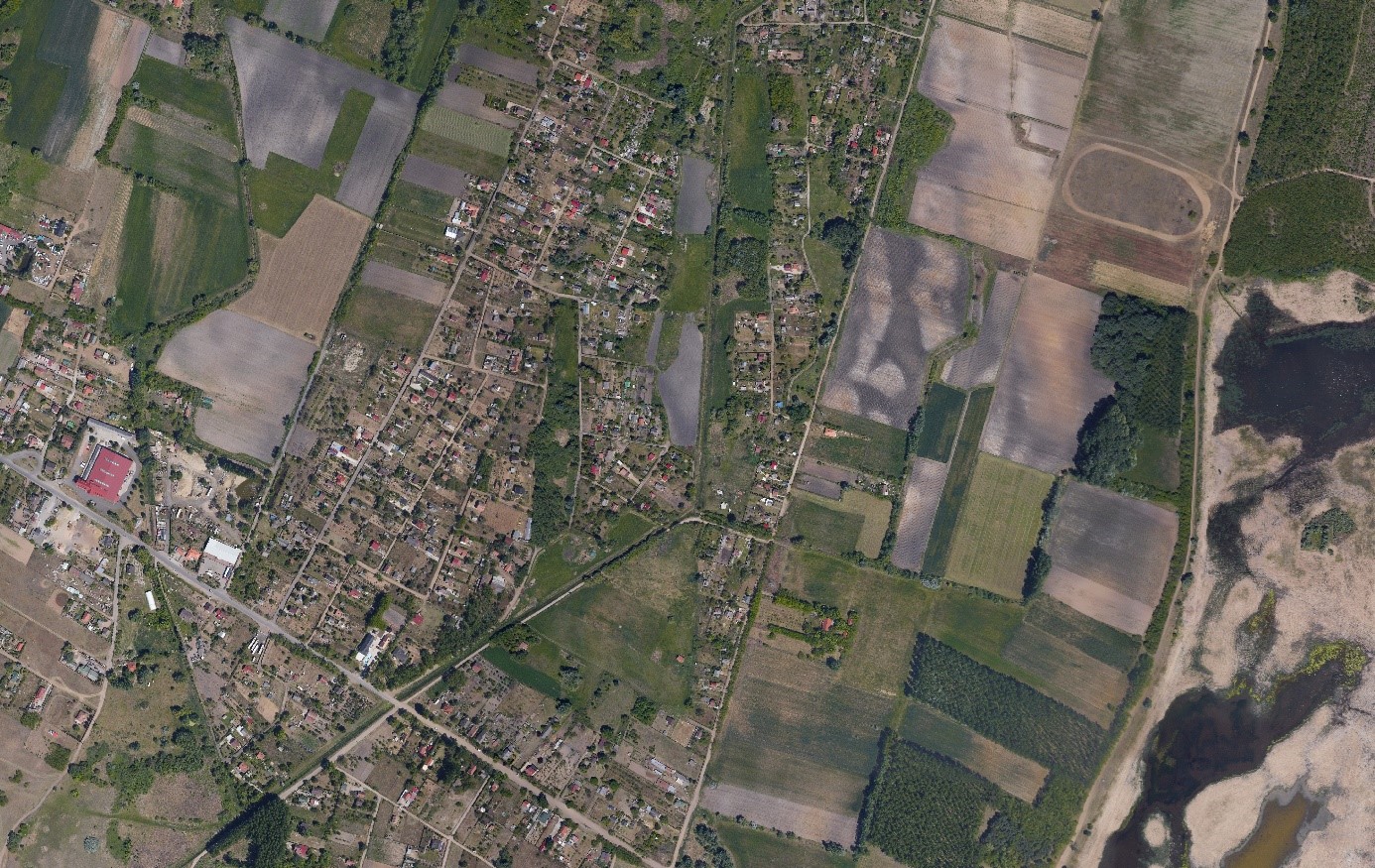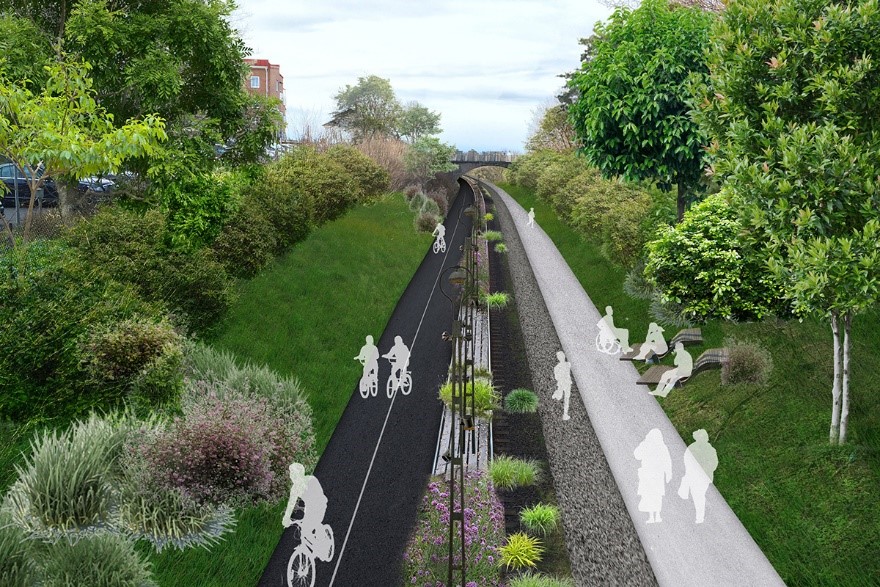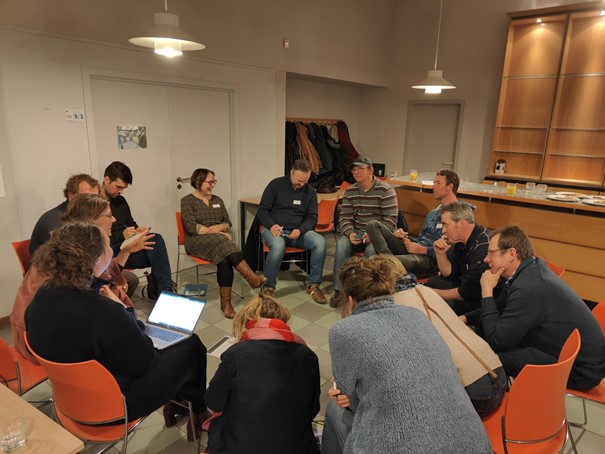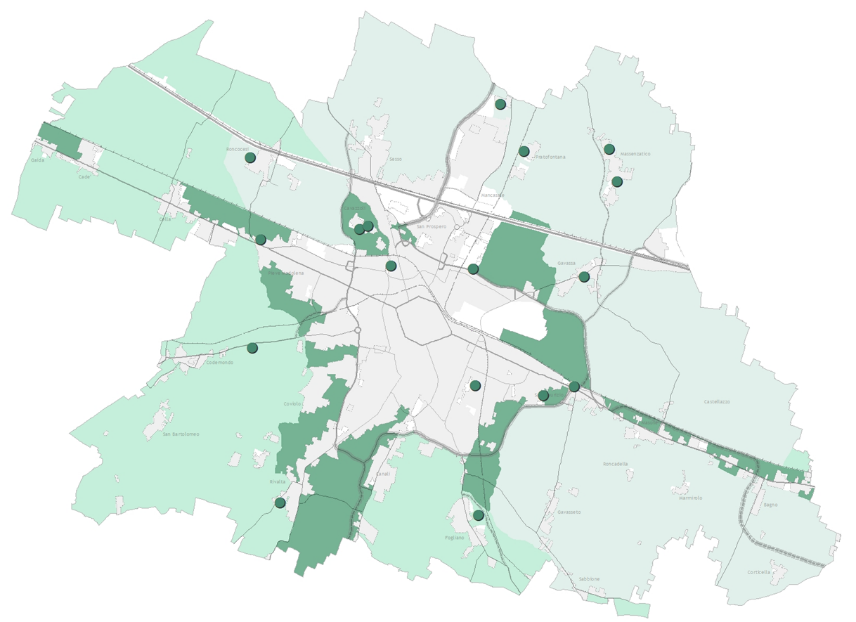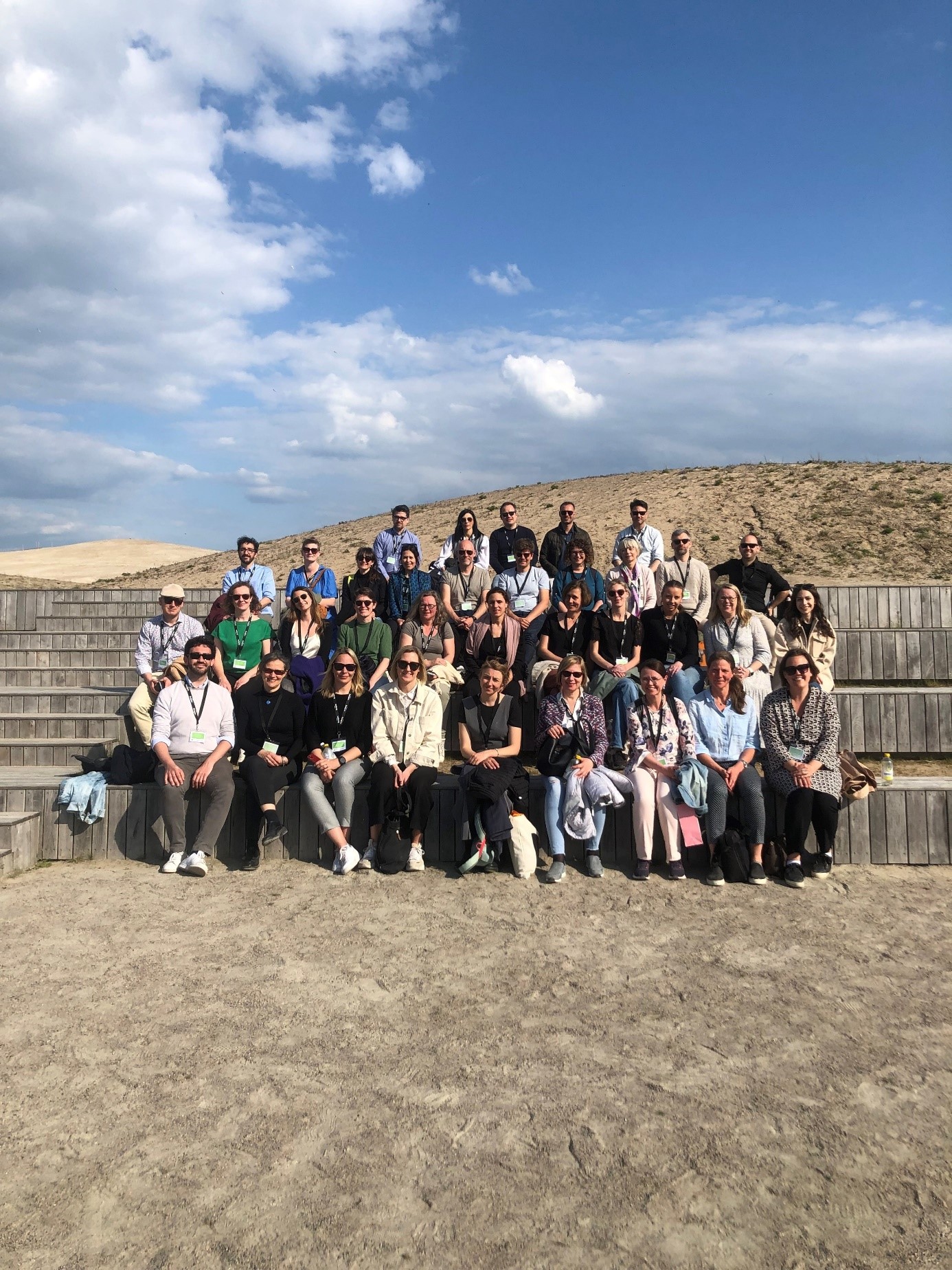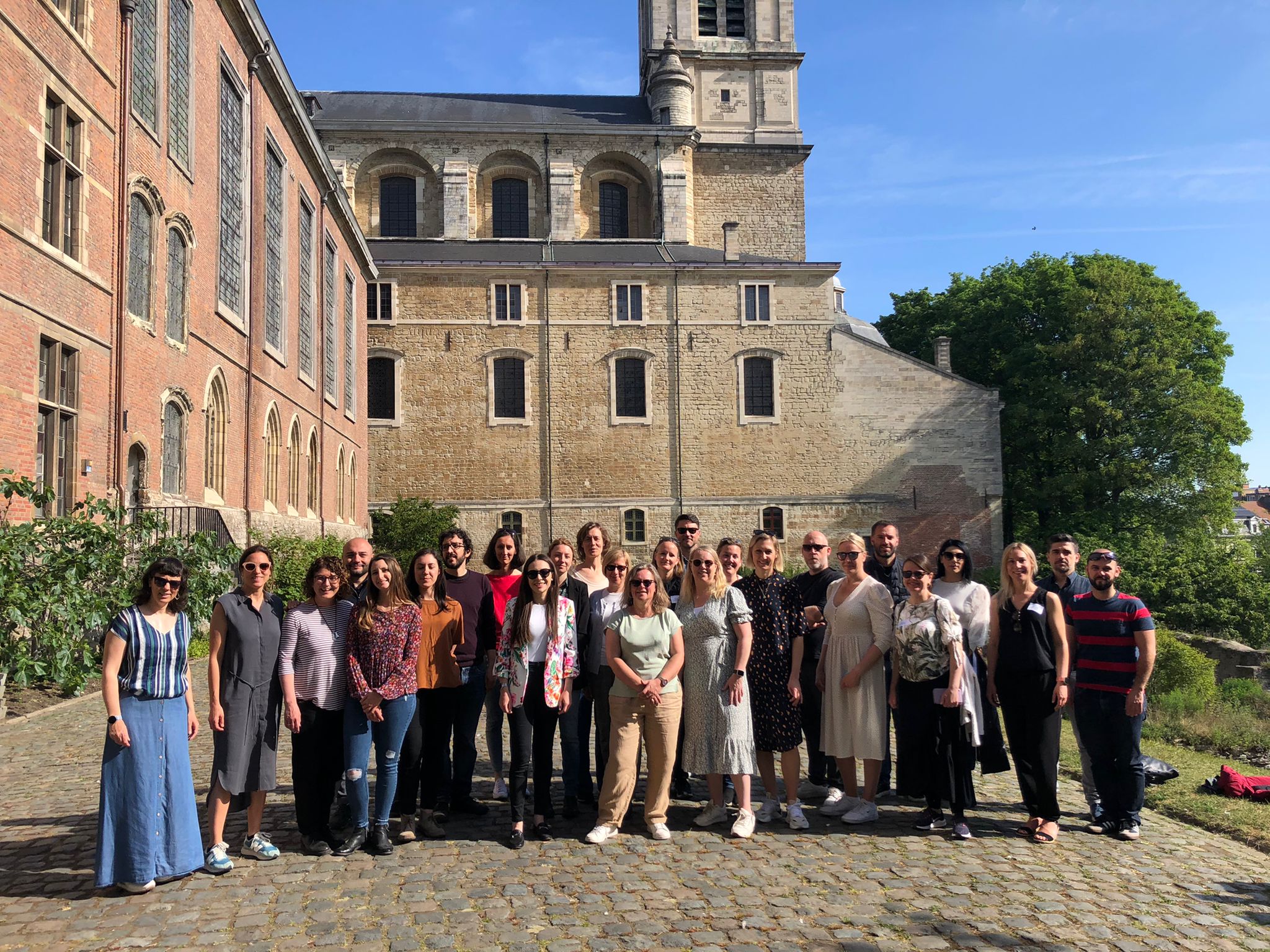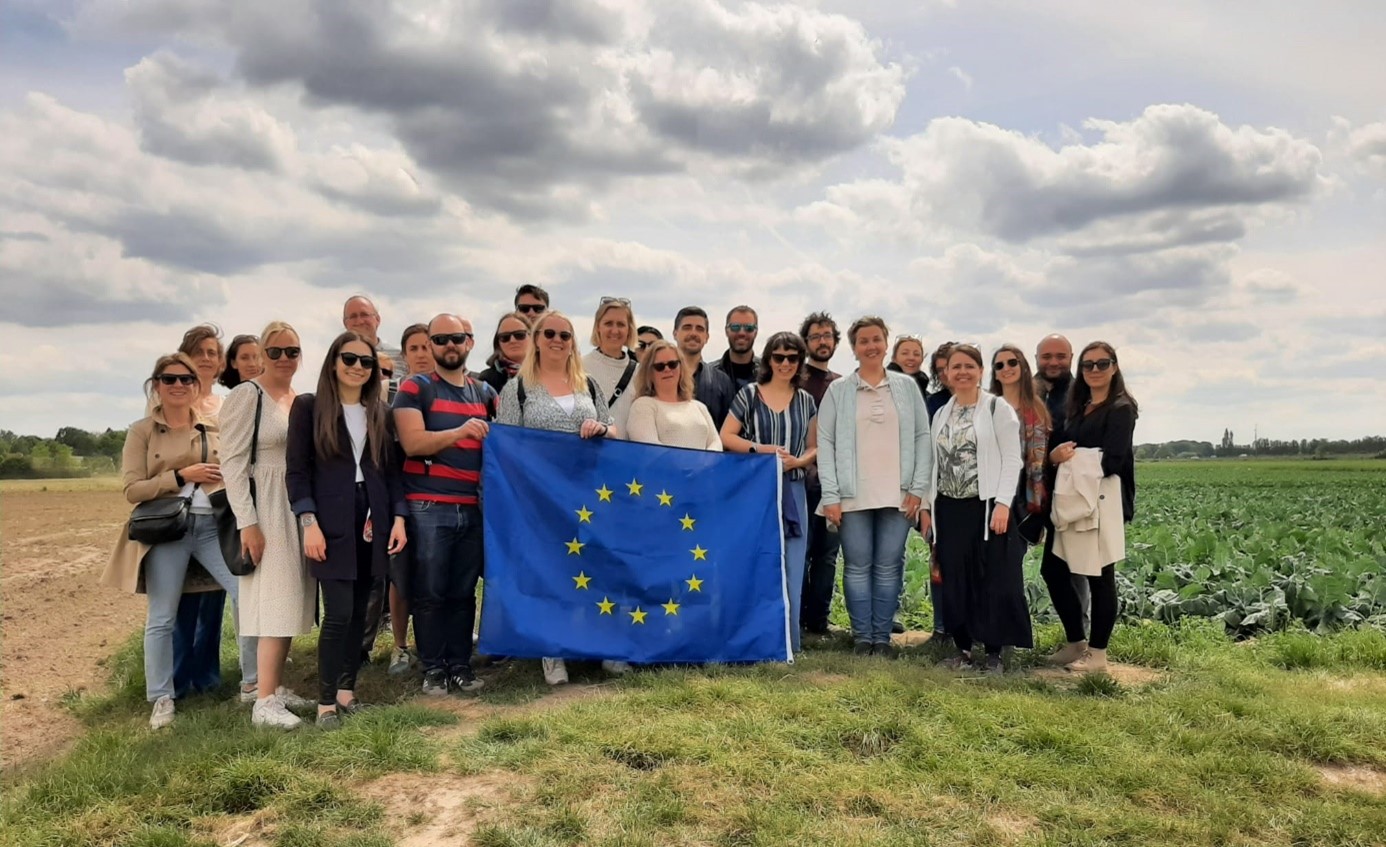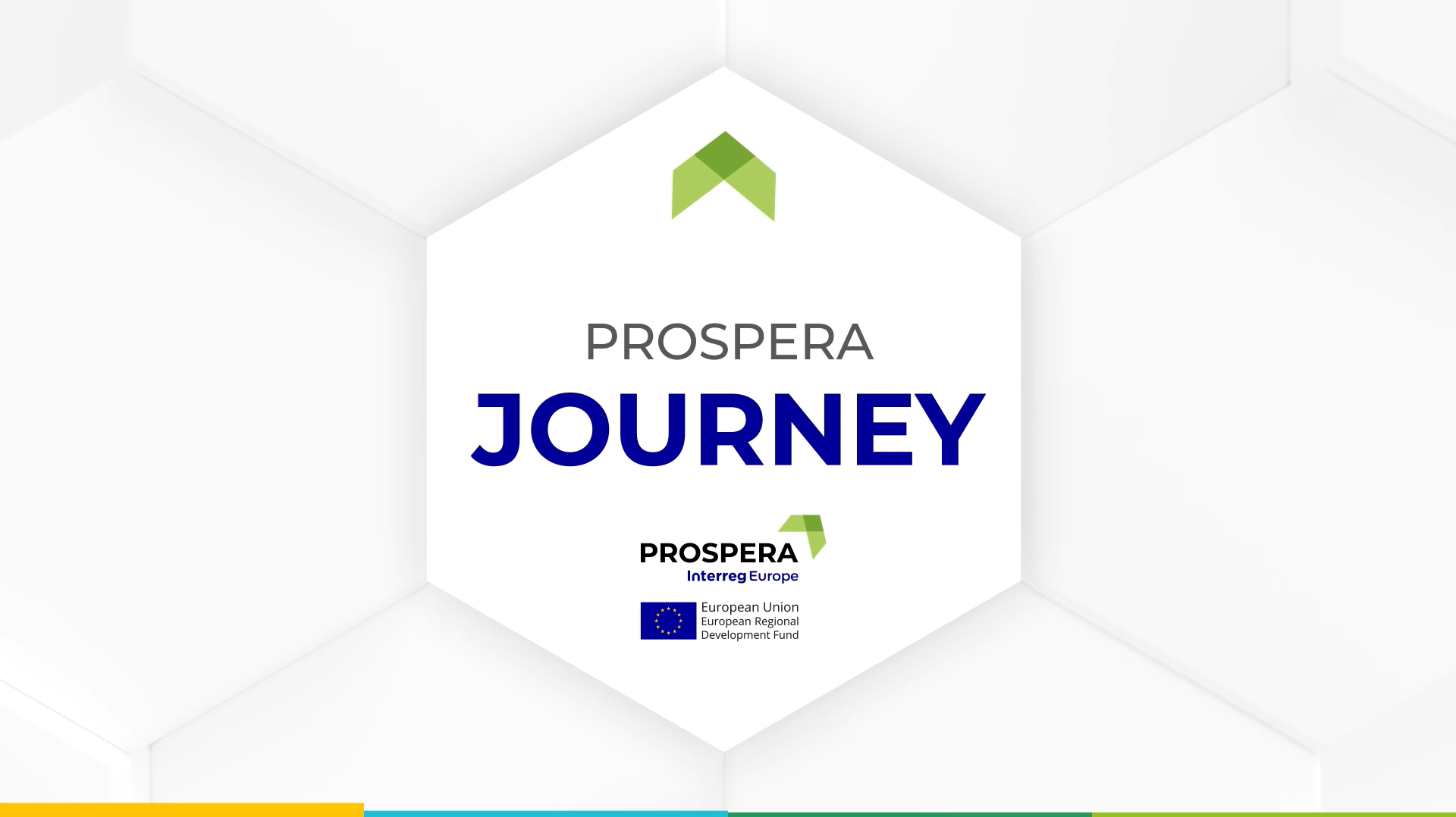Improvement of planning for new green axis in Varberg
Varberg is growing and has been doing so for a long time. Its coastal location, small-town qualities, and proximity to the Gothenburg labor market region make Varberg an attractive place to live and work. As Varberg expands, there is a need for new housing, businesses, services, as well as areas for nature and recreation.
The challenge when a city grows is to do so sustainably. Varberg needs to be planned intelligently in order to conserve existing resources and develop in a way that leverages existing investments in roads and other infrastructure. This approach also protects valuable agricultural land and natural environments. One significant challenge is to reduce emissions from transportation and transition towards a more fossil-free society. To achieve this, new and innovative solutions for sustainable mobility are required.
Currently, a new train tunnel is being constructed beneath the city. When the existing railway tracks are removed, space will be available for urban development. Barriers will disappear, creating opportunities for new green corridors between the city and the countryside. The municipality wants to make the most of this.
The development of the new areas and corridors along the rail area needs to be done in collaboration with various stakeholders. Within the project "The old track area”, the municipality has wanted to learn from future users of the space to create as much value as possible while also gaining insights for future planning. The municipality particularly aims to involve children and youth in order to highlight their perspectives and needs. Children are the future users of the city's green and vibrant spaces. What is good for children is good for everyone! The purpose of the old track area project has also been to use the results as a basis for the new comprehensive plan.
In the Prospera project, Varberg has drawn inspiration, primarily from Reggio Emilia and Gent, on how to work with green corridors and sustainable mobility in the connection between the city and the countryside. The development of green axes has proven to be incredibly important as the city grows, benefiting both biodiversity, sustainable mobility, and outdoor activities and recreation. The examples from Belgium and Italy have successfully established a strong dialogue with various stakeholders, which has been a crucial success factor. Varberg has sought to learn from this.
The dialogue work in the rail area project was divided into three stages. The first stage involved compiling relevant planning conditions, identifying affected stakeholders, and establishing a process for dialogue and participation. The second stage focused on implementing planned activities and creating various types of visual materials to showcase the project. The third and final stage involved compiling the work into a report to be approved by the municipal board as a vision for the area's development.
The key lessons from the project have been understanding the importance of involving affected stakeholders early in the process. Gaining support from stakeholders who will be impacted by the measures is crucial to making things happen. It is also important to reach out to individuals and groups who typically do not participate in these types of consultations and planning processes. Additionally, it became evident throughout the work how vital green corridors are in a growing city, affects all three dimensions of sustainability. The results from the project have provided valuable groundwork for the new comprehensive plan and future planning and decision-making regarding the area and its surroundings.
Want to read the full action plan? You can find it in the Library.


